Phylum Chordata Scientific name Procellaria parkinsoni Rank Species | ||
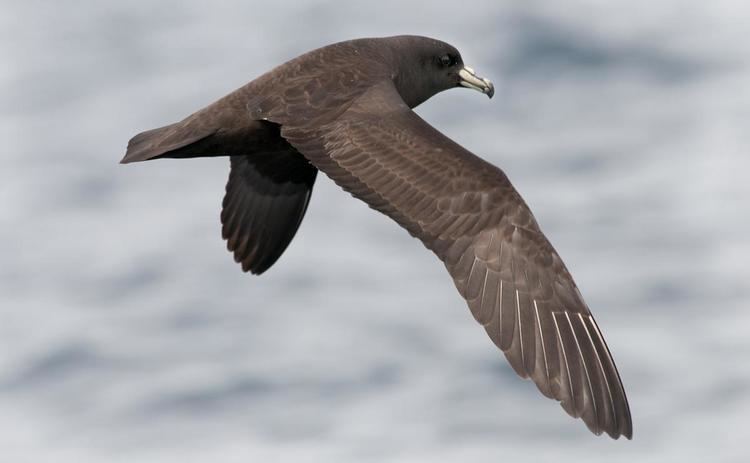 | ||
Similar Bird, Procellaria, Westland petrel, Cook's petrel, Buller's shearwater | ||
Black petrels of aotea great barrier island bird monitoring
The black petrel (Procellaria parkinsoni), also called the Parkinson's petrel, is a large, black petrel, the smallest of the Procellaria. The species is an endemic breeder of New Zealand, breeding only on Great Barrier Island and Little Barrier Island, off the North Island. At sea it disperses as far as Australia and Ecuador.
Contents
- Black petrels of aotea great barrier island bird monitoring
- Black petrel for bird of the year
- Description
- Threats to survival
- References
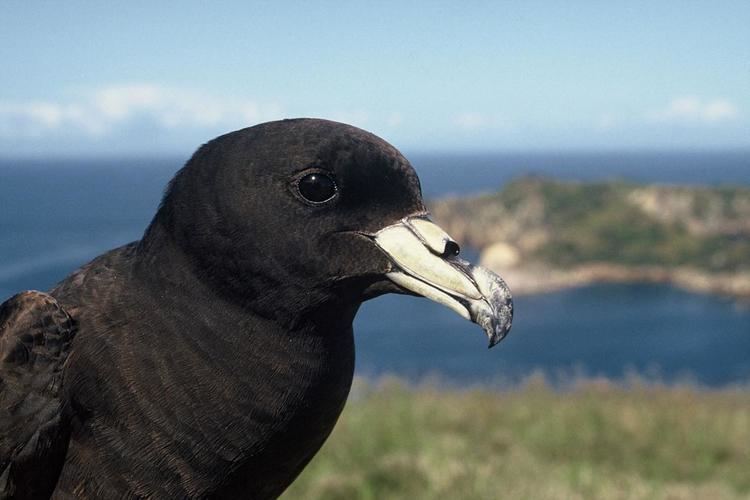
Black petrel for bird of the year
Description
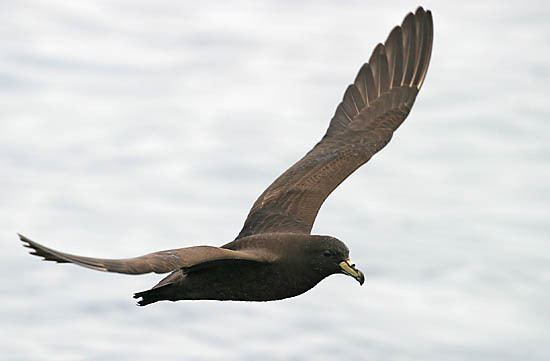
Breeding sites:
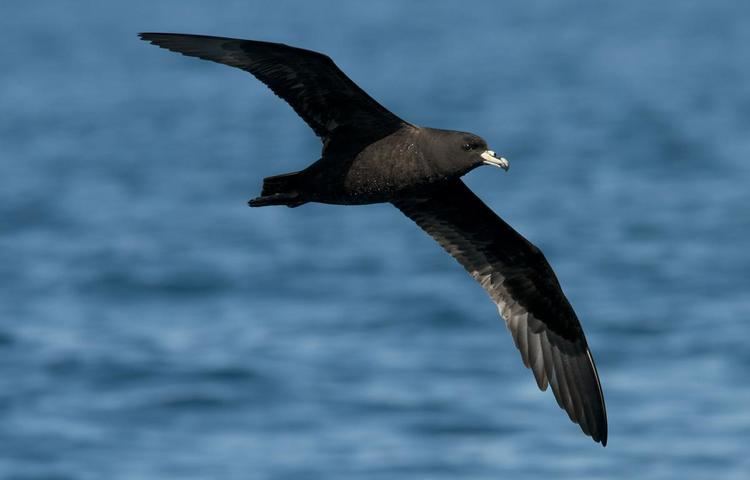
Population decline:
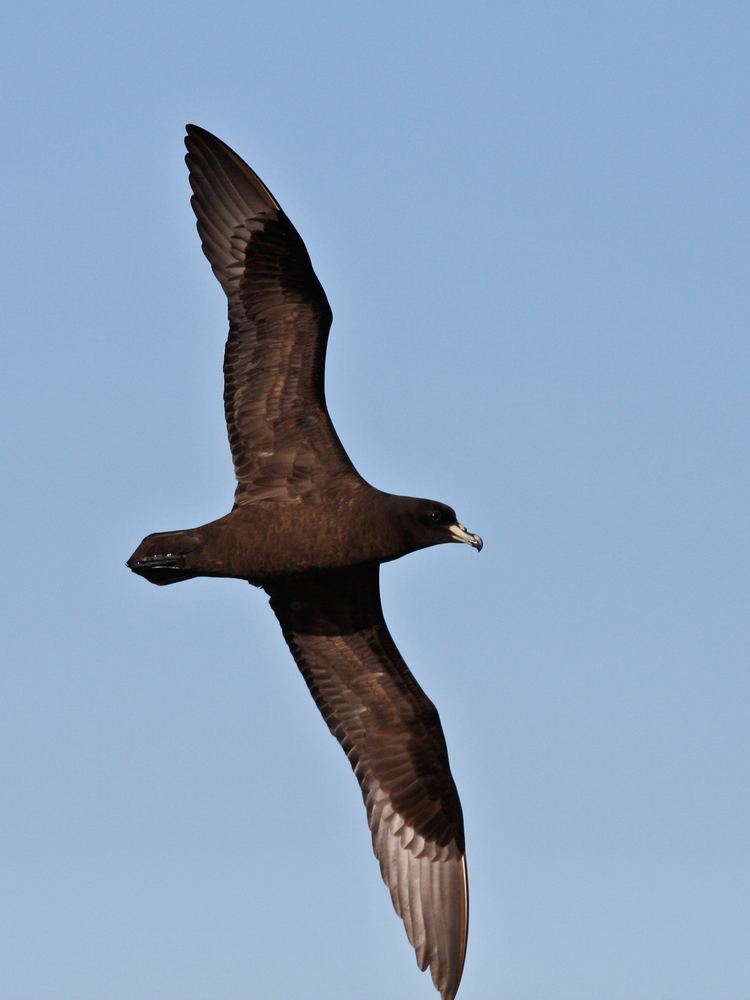
Breeding:
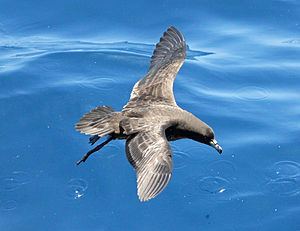
Range while at sea:
Threats to survival
While at sea:
Threats in main breeding colony:
References
Black petrel Wikipedia(Text) CC BY-SA
